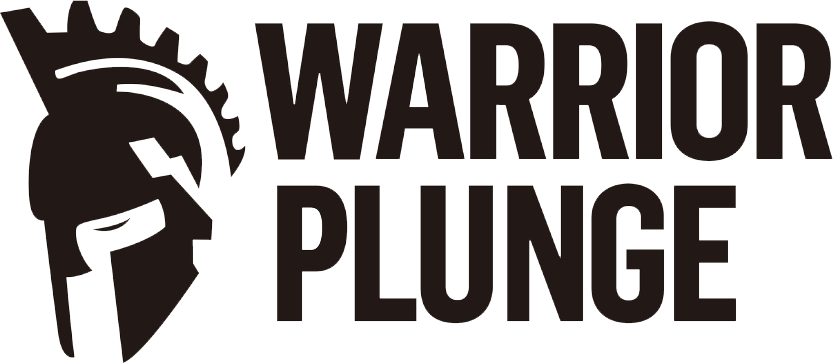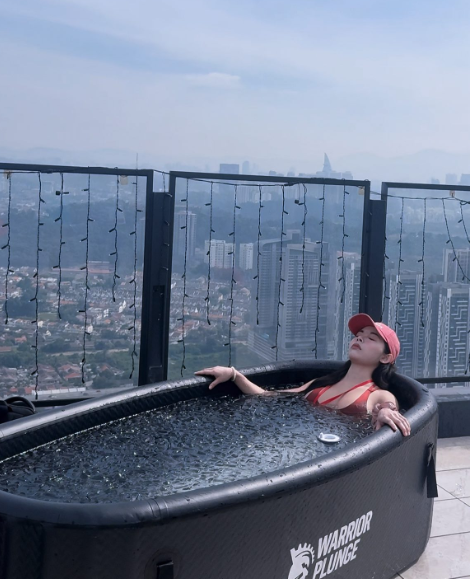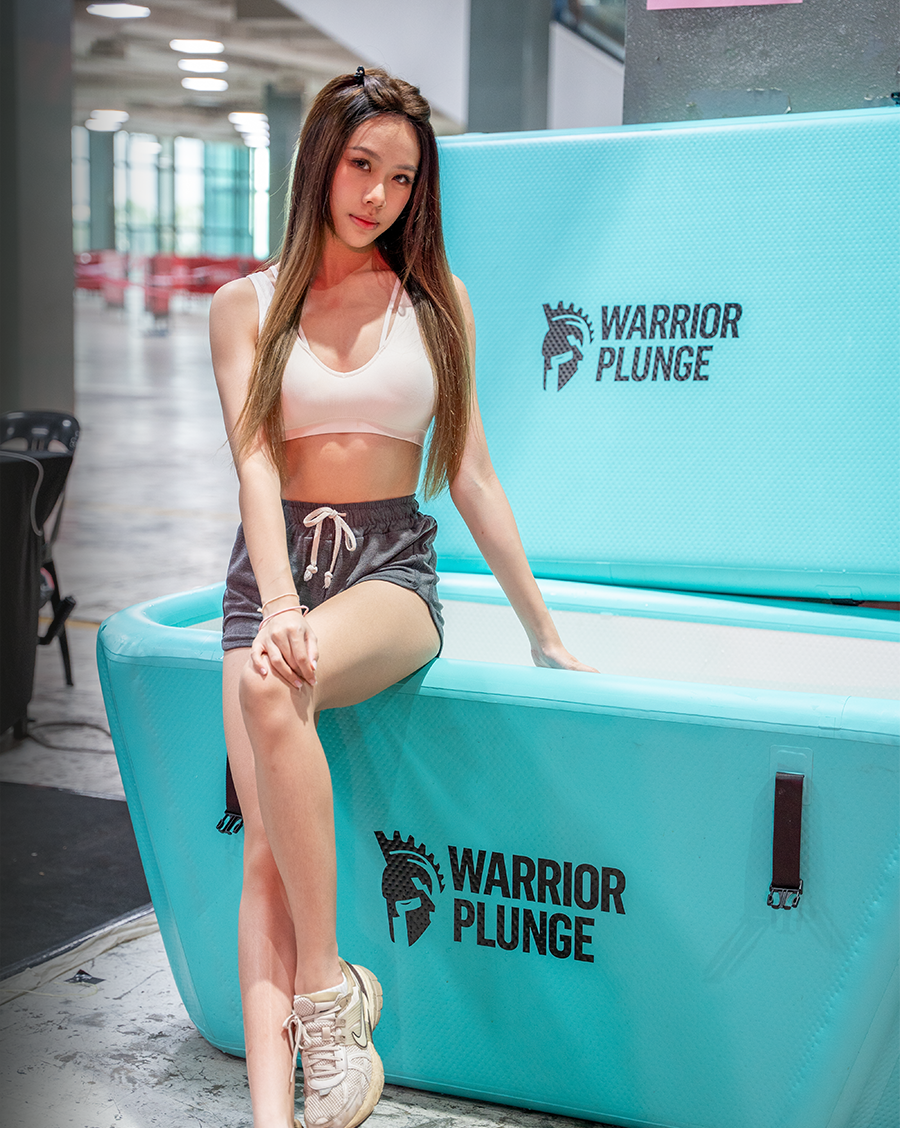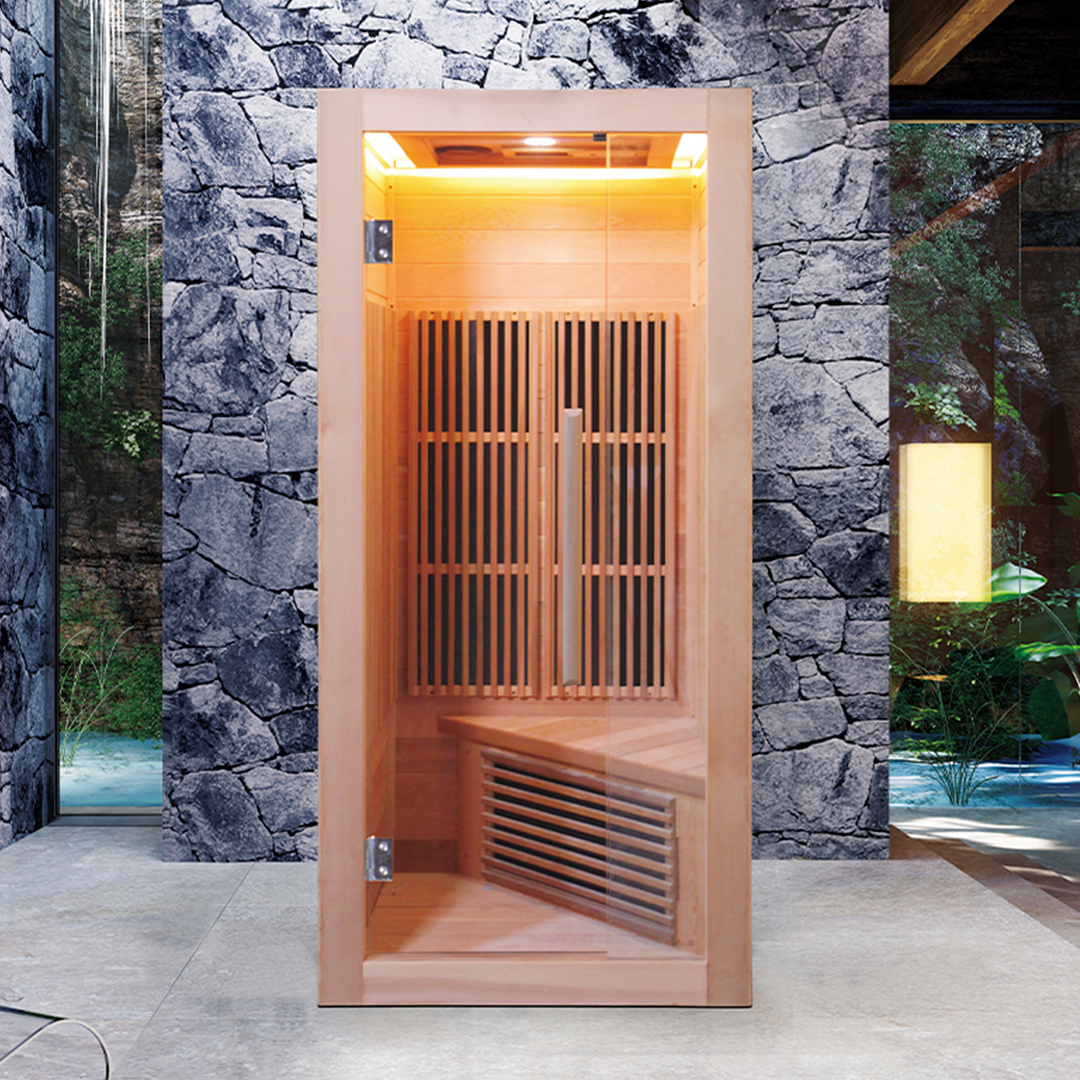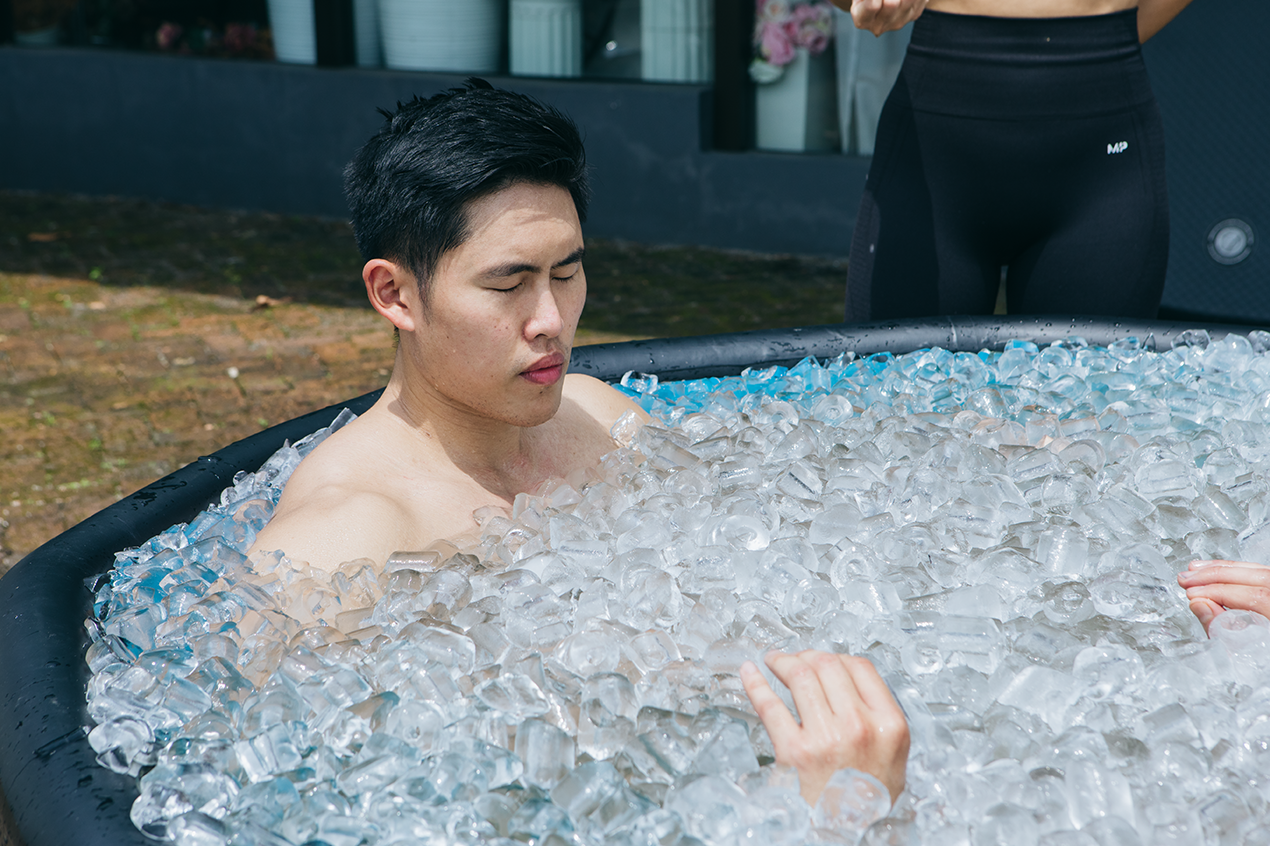Quick Answer: Cold plunges deliver stronger recovery benefits than cold showers due to full-body immersion, controlled temperature (5–10°C), and hydrostatic pressure. Cold showers still offer mood boosts, stress relief, and convenience, making them a practical but less intense alternative.
Key Takeaways
-
Cold plunges provide superior recovery through full-body immersion, precise temperature control, and hydrostatic pressure that enhances circulation and reduces inflammation
-
Cold showers offer accessibility with immediate availability, zero setup costs, and convenience for daily use, though with reduced therapeutic intensity
-
Temperature differences matter – cold plunges maintain 5–10°C whilst cold showers typically range 10–20°C, affecting physiological responses
-
Hydrostatic pressure from immersion creates compression that improves blood circulation, lymphatic drainage, and metabolic waste removal unavailable in showers
-
Both methods support mental resilience through controlled stress exposure, though cold plunges deliver more significant vagus nerve stimulation and mood enhancement
What Are the Main Differences Between a Cold Plunge and a Cold Shower?
Cold Plunge Characteristics
Cold plunges involve full-body immersion in controlled cold water, typically maintained between 5–15°C through precision chillers or ice. This practice involves partially or totally submerging yourself in cold water for a few minutes at a time, with water temperatures at 10°C (50°F) or colder.
The immersion creates uniform cold exposure across the entire body, enabling precise temperature monitoring and consistent therapeutic conditions. Professional systems like Warrior Plunge's Ice Bath Systems eliminate temperature variability through automated chiller control.
Cold Shower Characteristics
Cold showers expose partial body areas to cold water, with temperatures typically ranging 10–20°C, depending on local water supply. Whilst cold showers provide benefits, immersion proves more effective because the whole body receives uniform compression and cold exposure. Showers only target specific body areas during water contact.
Key Comparison Points
|
Aspect |
Cold Plunge |
Cold Shower |
|
Temperature Control |
5–15°C precise control |
10–20°C variable |
|
Body Coverage |
Full immersion |
Partial exposure |
|
Hydrostatic Pressure |
Yes, creates compression |
No pressure effect |
|
Setup Requirements |
Equipment investment |
Immediate access |
|
Session Duration |
2–15 minutes optimal |
30 seconds–3 minutes |
Which Method Provides a Stronger Cold Therapy Benefit?
Cold plunges deliver significantly stronger therapeutic benefits through three key mechanisms unavailable in cold showers.
-
Enhanced Physiological Response
Cold-water immersion can play a role in preventing injuries and maintaining performance of athletes, with studies showing improved recovery time of sprint speed 24 hours post-exercise and an attenuated efflux of creatine kinase (CK).
Cold plunges activate cold-shock proteins that support cellular repair and neuroprotection. These proteins, including ribonucleic acid (RNA) binding protein (RBM3), facilitate synapse regeneration after cooling and may enhance protective pathways that support neurological health.
-
Muscle Recovery Advantages
Multiple studies show that cold water therapy can reduce swelling, lessen the perception of pain in the body, and speed muscle recovery. The comprehensive immersion provides superior inflammation reduction compared to partial shower exposure.
Athletes particularly benefit from cold plunge protocols. Ice bath sessions lasting 10 to 20 minutes in water between 50 and 59 degrees provide optimal recovery benefits, whilst cold showers typically require shorter durations due to comfort limitations.
-
Cardiovascular and Metabolic Activation
Cold plunges trigger more comprehensive cardiovascular adaptations through full-body cold exposure. The complete immersion creates greater physiological stress that enhances heart rate variability, improves circulation efficiency, and activates brown fat metabolism more effectively than partial cold exposure.
The sustained cold stress from immersion also promotes enhanced metabolic flexibility, training the body's thermoregulatory systems more completely. This systemic activation supports improved insulin sensitivity, increased calorie expenditure, and better stress hormone regulation compared to the limited physiological challenge of cold showers.
Read more about Ice Bath Benefits: Research, Testimonials & More.
Moderate Benefits from Cold Showers
Cold showers still provide meaningful benefits, particularly for mental health. A Dutch study found that people who topped off a hot shower with either a 30-, 60-, or 90-second cold shower experienced a 29% reduction in sickness absences from work.
However, cold showers remain more accessible and cost-effective, though they won't deliver the same therapeutic intensity as full immersion protocols.
Maximise your shower recovery strategy: Learn when to use hot vs. cold showers for optimal post-workout benefits in our comprehensive guide: Hot or Cold Shower After Workout: Comparison of Benefits for Recovery.
What Temperature Ranges Are Typical?
Cold Plunge Temperature Standards
Professional cold plunge systems maintain 5–15°C (41–59°F) for optimal therapeutic benefits. Water temperatures should remain at 10°C or colder, with beginners starting at 30 seconds to one minute before progressing to 5–10 minute sessions.
Temperature precision matters significantly for recovery outcomes. Systems like Warrior Plunge's precision-controlled units maintain consistent temperatures within 0.5°C, ensuring reliable therapeutic conditions impossible to achieve with ice-only methods.
Cold Shower Temperature Variables
Cold showers typically deliver 10–20°C (50–68°F) depending on local water infrastructure and seasonal variations. Malaysian water supplies generally provide adequate cold temperatures, though consistency varies by location and time of day.
For safe cold exposure, aim for temperatures that feel uncomfortable but remain safe—generally no colder than 10°C (50°F) for beginners.
For those serious about recovery benefits, explore our comprehensive guide on Optimal Ice Bath Temperature: Guide for Beginners & Athletes for detailed protocols.
How Do Physiological Responses Differ?
Hydrostatic Pressure: The Cold Plunge Advantage
The most significant physiological difference lies in hydrostatic pressure created during full immersion. This pressure improves blood circulation by pushing blood from the extremities toward the core whilst compressing muscles, which aids in the removal of metabolic waste products such as lactic acid.
This compression effect creates a natural "pumping" mechanism unavailable during cold showers. The hydrostatic pressure reduces fluid extravasation and promotes peripheral vasoconstriction, which centralises circulation for enhanced recovery.
Nervous System Activation Differences
Both methods activate the sympathetic nervous system, but cold plunges provide stronger vagus nerve stimulation. Sustained cold exposure stimulates the parasympathetic branch of the nervous system, which lowers heart rate, blood pressure and reduces inflammation.
What About Mental and Emotional Benefits?
Cold Plunge Mental Advantages
Cold plunges deliver more significant mental resilience training through sustained discomfort exposure. Cold water immersion improves mental health by increasing endorphin and norepinephrine levels whilst enhancing stress resilience through cortisol regulation.
Cold Shower Mental Benefits
Cold showers provide immediate mood enhancement and alertness boosts, making them excellent for morning routines. Regular cold water exposure creates positive mood shifts, with users experiencing significant decreases in negative emotions like tension, anger, depression, fatigue, and confusion.
For comprehensive sleep benefits, read our detailed guide: From Sleepless to Serene: How Ice Baths Unlock Deeper, Restorative Sleep.
How Long Should You Stay in Each for Maximum Benefit?
Cold Plunge Duration Guidelines
For therapeutic benefits, aim for 10–20 minute immersions in water between 10–15°C (50–59°F).
|
Experience Level |
Duration |
Temperature |
Purpose |
|
Beginner |
1–3 minutes |
12–15°C |
Adaptation building |
|
Intermediate |
3–8 minutes |
8–12°C |
Recovery enhancement |
|
Advanced |
5–15 minutes |
5–10°C |
Maximum benefits |
Cold Shower Duration Recommendations
Cold shower sessions typically last 30 seconds to 3 minutes for optimal benefits without excessive stress. Duration studies show no significant difference between 30, 60, or 90-second exposures, with benefits plateauing after approximately 30 seconds.
What Equipment Is Needed?
Cold Plunge Equipment Requirements
Professional cold plunge setups require insulated tubs, chiller systems, and filtration. Quality systems range from RM8,000–25,000, depending on features and capacity.
Warrior Plunge's Cold Plunge Systems provide complete plug-and-play solutions with military-grade construction and precision temperature control, eliminating daily ice requirements.
Cold Shower Setup
Cold showers require only existing bathroom infrastructure with adequate cold water supply. Zero additional investment is needed, making this the most accessible option for daily cold exposure.
Are Cold Showers More Convenient for Daily Use?
Absolutely. Cold showers offer unmatched convenience for daily wellness routines. No setup time, equipment maintenance, or space requirements make them ideal for consistent practice.
Cold plunges excel for structured recovery protocols, particularly post-workout or during high-stress periods. Athletes and weekend warriors benefit most from cold plunge systems combined with strategic timing protocols. Learn more in our Weekend Warrior: Complete Guide to Lifestyle, Workouts & Recovery.
Safety Precautions for Cold Plunges and Cold Showers
Universal Safety Guidelines
Both methods require medical clearance for individuals with cardiovascular conditions, diabetes, or circulation disorders. Cold water triggers a sudden, rapid increase in breathing, heart rate and blood pressure known as the cold shock response, which can be dangerous for at-risk populations.
Cold Plunge Specific Precautions
-
Never plunge alone – supervision essential during sessions
-
Limit session duration to prevent hypothermia (maximum 20 minutes)
-
Gradual temperature progression from 15°C to target temperatures
-
Emergency exit protocol – immediate warming resources available
Can Cold Showers Still Be Useful Despite Being Less Intense?
Absolutely. Cold showers provide significant benefits despite reduced intensity compared to cold plunges.
Daily Wellness Benefits
Cold showers deliver immediate mood enhancement, stress relief, and immune system support through consistent practice. Even brief 30–90 second cold shower protocols have demonstrated significant health benefits, including notable reductions in sick days, proving the effectiveness of short exposures.
Gateway to Cold Therapy
Cold showers serve as an excellent introduction to cold exposure therapy. Building tolerance through daily shower practice prepares individuals for more intensive cold plunge protocols.
Cold Showers vs. Cold Plunge: Which Should You Choose?

|
Choose Cold Showers If… |
Choose Cold Plunge If… |
|
✅ You’re new to cold exposure and want to build tolerance gradually |
✅ You want stronger recovery benefits backed by research |
|
✅ You need a quick, free option at home |
✅ You’re focused on athletic performance, muscle recovery, or longevity therapy |
|
✅ You want an easy daily mood boost and stress relief |
✅ You want precise temperature control (5–10°C) and full-body immersion |
|
✅ You have limited space or budget |
✅ You’re ready to invest in safe, professional equipment for consistent results |
Common FAQs About Cold Plunge vs Cold Showers
What are the main differences between a cold plunge and a cold shower?
Cold plunges involve full-body immersion in controlled temperatures (5–15°C) with hydrostatic pressure benefits. Cold showers provide partial exposure at variable temperatures (10–20°C) without compression effects.
Which method provides stronger recovery benefits?
Cold plunges deliver superior recovery through enhanced circulation, hydrostatic pressure, and controlled therapeutic conditions. Cold showers provide moderate benefits with greater accessibility.
How long should I stay in each?
Cold plunges: 2–15 minutes, depending on experience and temperature. Cold showers: 30 seconds–3 minutes for optimal benefit-to-comfort ratio.
Can I use both methods in the same routine?
Yes. Many practitioners use cold showers for daily maintenance and cold plunges for structured recovery sessions or intensive training periods.
Are cold plunges worth the cost compared to free cold showers?
For serious athletes, weekend warriors, or individuals prioritising optimal recovery, cold plunges justify the investment through superior therapeutic benefits. Cold showers excel for general wellness and budget-conscious approaches.
Final Thoughts – Which Option is Best for Malaysians?
Cold showers excel for daily accessibility, providing quick stress relief, mood enhancement, and basic immune support without equipment investment. They integrate seamlessly into Malaysian lifestyles and tropical climate conditions.
Cold plunges deliver superior structured recovery for athletes, weekend warriors, and individuals committed to optimising wellness through advanced recovery protocols. The controlled environment and enhanced physiological benefits justify the investment for serious practitioners.
Practical Recommendations
-
Begin with cold showers to build tolerance and establish consistent cold exposure habits
-
Progress to cold plunges once committed to structured recovery and willing to invest in equipment
-
Combine both methods for comprehensive cold therapy – daily showers plus strategic plunge sessions
Want the full benefits of cold immersion? Explore Warrior Plunge's precision-controlled Cold Plunge Systems for professional-grade recovery at home. Our military-grade construction and automated temperature control deliver consistent therapeutic benefits without daily ice requirements.
Transform your recovery with the power of controlled cold therapy – your enhanced performance and well-being await.
Read more
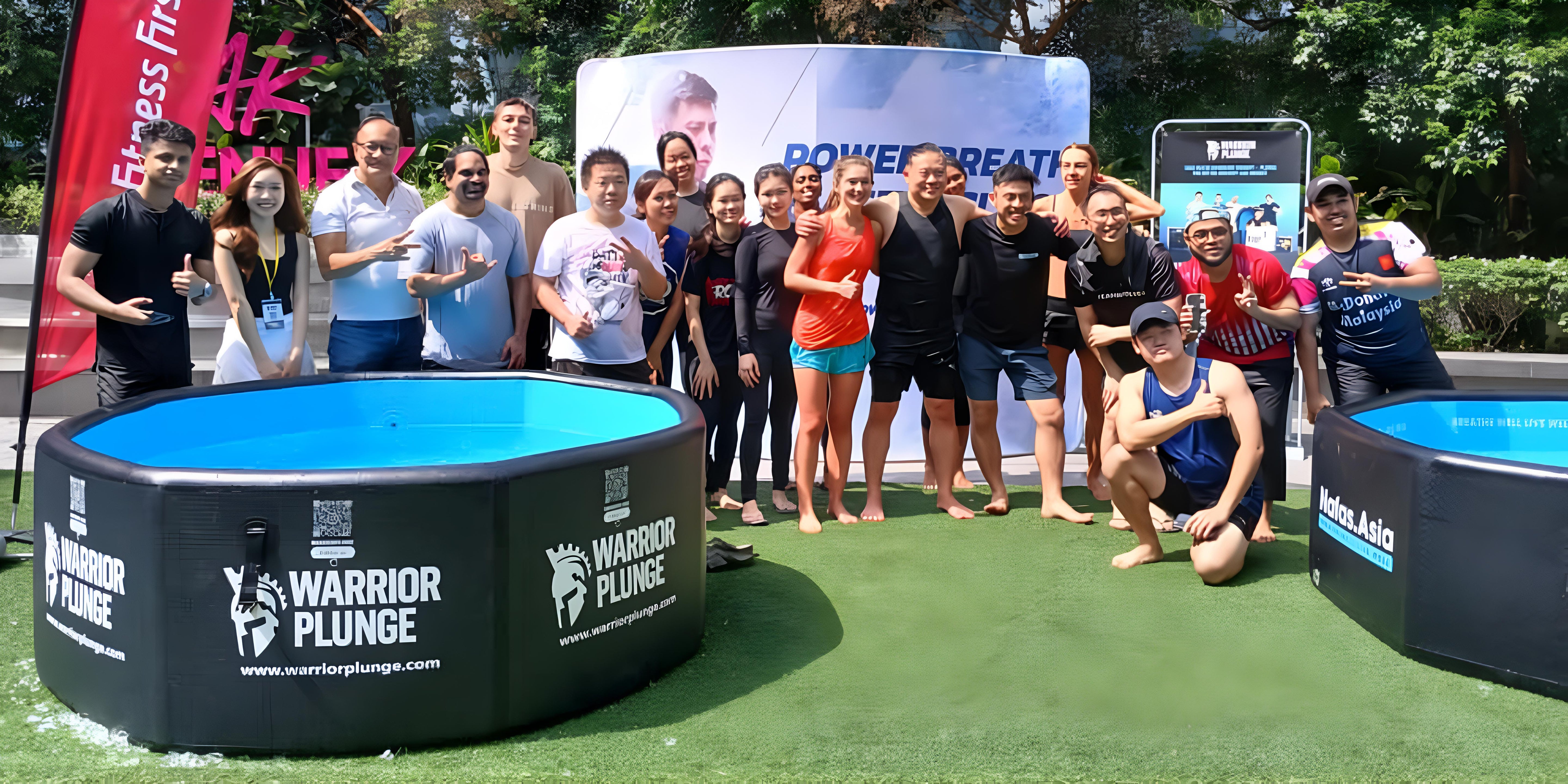
Stay safe with cold plunge & sauna in Malaysia. Learn session limits, hydration tips, medical precautions, safe entry strategies & protocols for beginners.
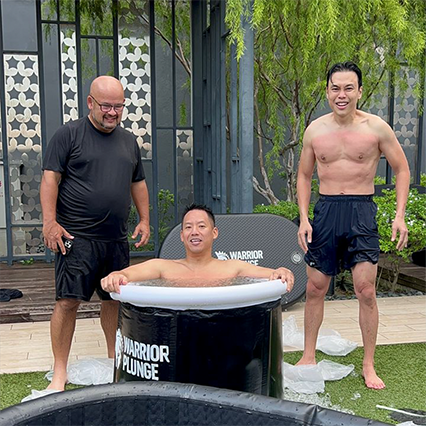
Master cold plunge & sauna etiquette in Malaysia. Essential preparation tips, duration guidelines, breathing techniques & safe protocols for first-time users.
